Publications
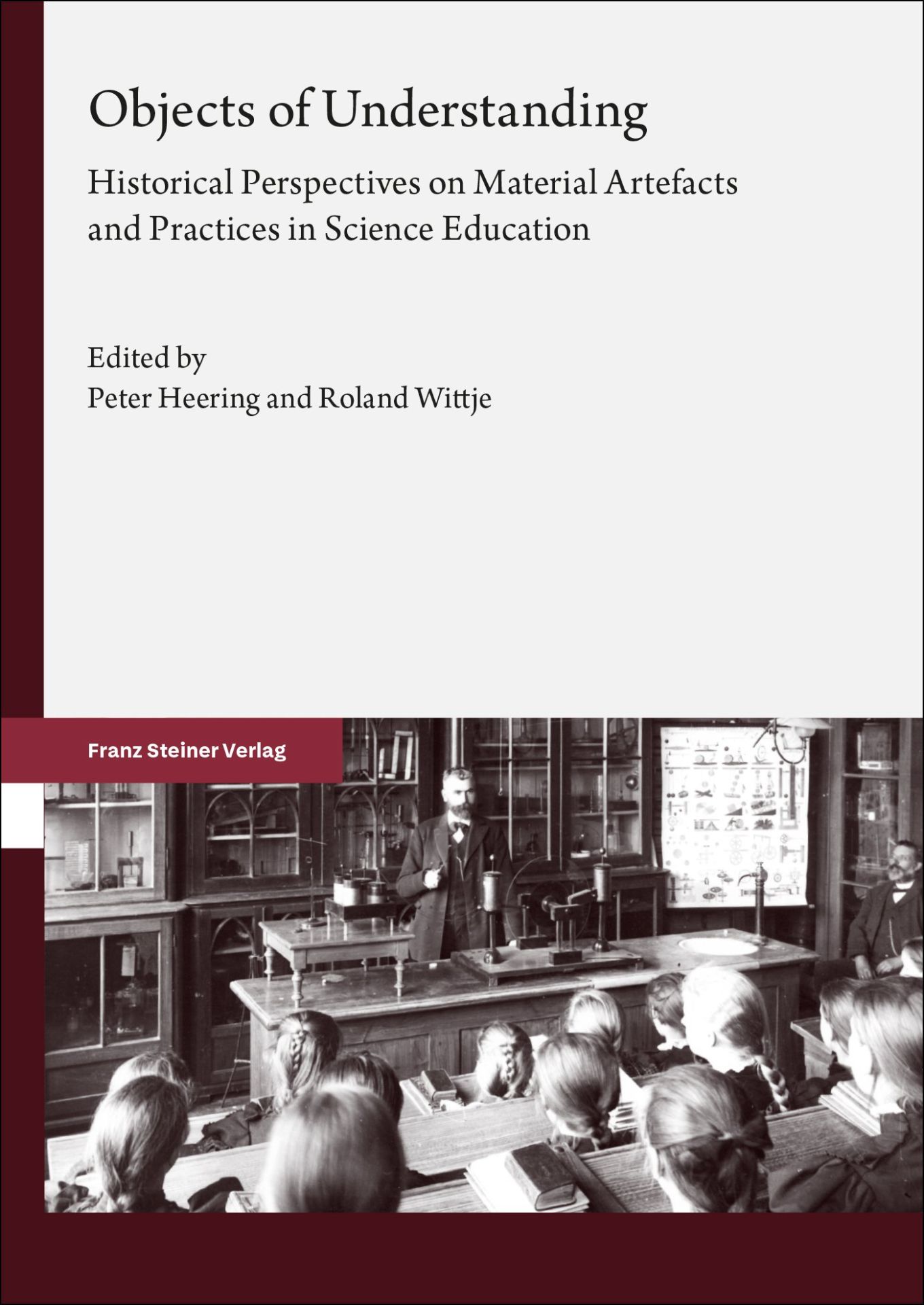
Book Chapter: Academic and public lantern lectures in the Netherlands circa 1900 through the lens of the educational dispositif by Jamilla Notebaard and Dulce da Rocha Gonçalves
At the turn of the nineteenth century, the optical lantern was becoming an ubiquitous educational tool. This was the case for university lectures but also for illustrated public lectures, also known as lantern lectures, organized by a range of institutions and associations. In the Netherlands, even if the adoption of the technology was somewhat late,…
Read more
Dissertation | Pleasant and Instructive Evenings: The Public Lantern Lecture Phenomenon in the Netherlands ca. 1900s-1920s, by Dulce da Rocha Gonçalves
The research project “Projecting Knowledge: The Magic Lantern as a Tool for Mediated Science Communication in the Netherlands, 1880-1940” aimed write the history of the lantern lecture in the Netherlands. Its sub-project “Science for People” focused on the public format of the lantern lecture, organized outside academic environments, for a variety of adult audiences, and…
Read more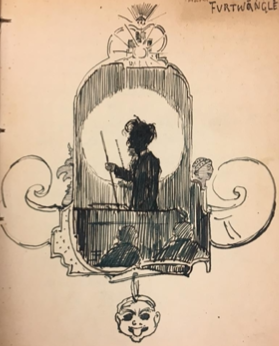
Dissertation | Visual Instruction: The use of the optical lantern in Dutch academic teaching practices, 1890-1940 by Jamilla Notebaard
The introduction of projection of photographic light images in academic teaching in the Netherlands was a fitting response to the increased number of students in the late 19th century: while the professor was explaining, everyone saw the same illustration material. Moreover, image projection allowed more examples to be shown in a shorter time frame. This…
Read more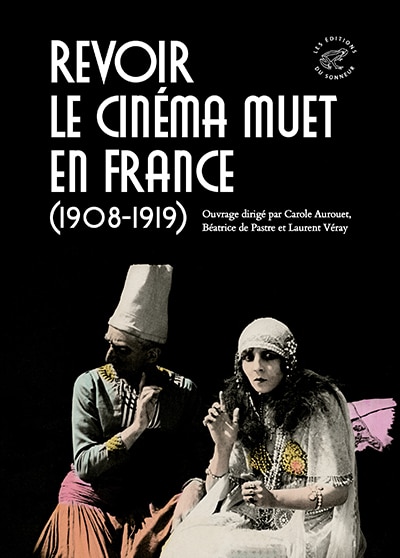
Article: La multi-modalité de la lanterne optique et ses reflets dans le cinéma des premiers temps en France by Frank Kessler and Sabine Lenk
The article explores several optical lantern practices that were relevant to early French nonfiction cinema, such as the role of the lecturer, film genres, especially the travelogue, and the use of colour. This becomes apparent in particular when the historical exploration of early cinema includes the many forms of non-theatrical projections. Moreover, the article underscores…
Read more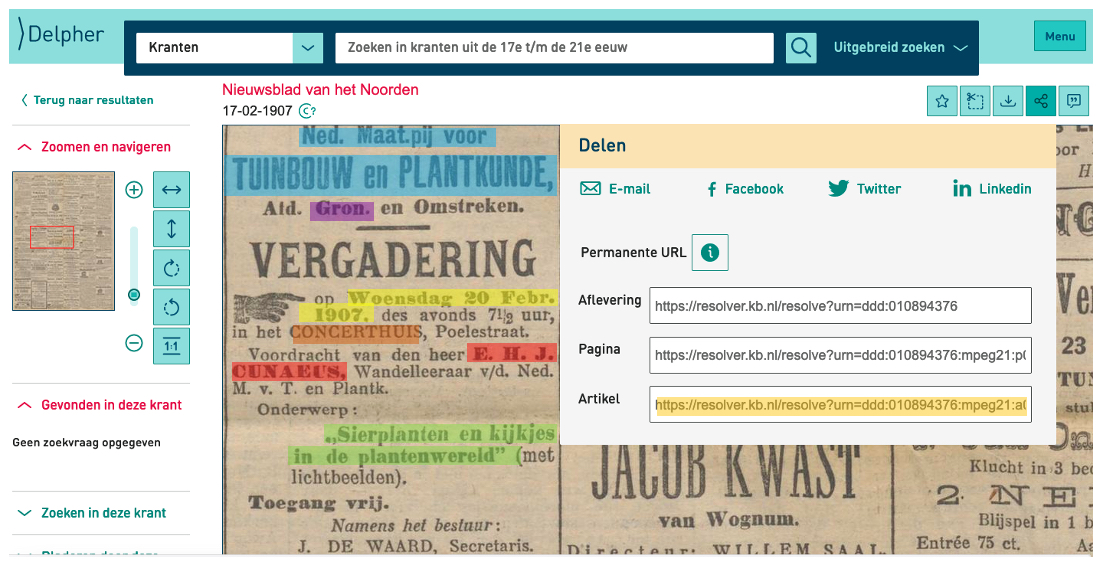
Article: Public lantern lectures in the Netherlands 1880-1940: A dataset based on historical newspaper advertisements by Dulce da Rocha Gonçalves
The media history research project Projecting Knowledge aimed to investigate the use of the magic lantern in science communication and knowledge transmission in the Netherlands between 1880 and 1940. For my research within this project, I conducted a survey of digitised historical newspapers based on the expression met lichtbeelden, the phrase that was most used…
Read more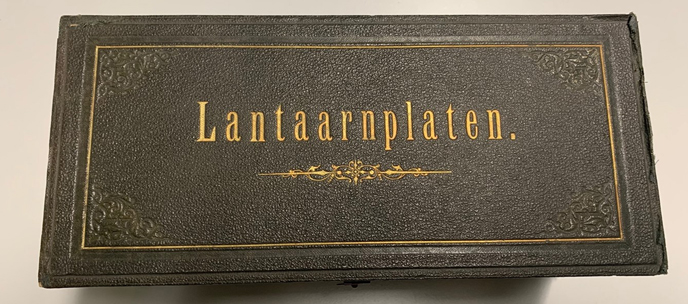
Article Collection Stories: De glazen erfenis van de Groningse botanische onderwijspraktijk rond 1900 by Jamilla Notebaard
This article (in Dutch) discusses the introduction of lantern slides and projection facilities for the study of Botany at the University of Groningen, under Professor Jan Willem Moll. You can access the article here.
Read more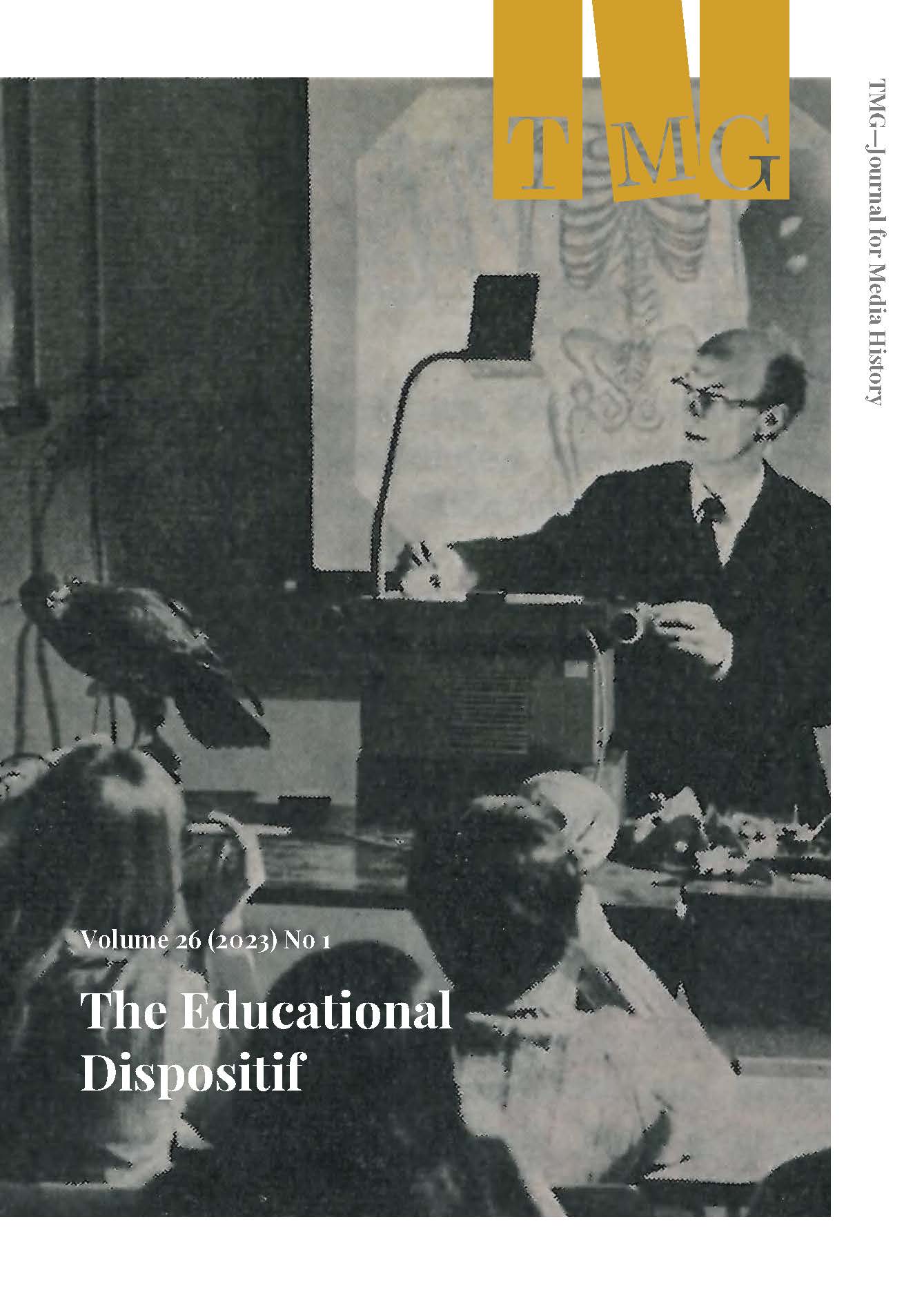
TMG Journal for Media History > Issue: The Educational Dispositif
This issue on audio-visual, educational media focuses on their use in schools, universities, popular education or vocational training since the late-19th century. In recent years the growing body of work on the history of audio-visual educational media has intensified methodological efforts to grasp the interplay between institutional policies, screening situations, and the form, style, and…
Read more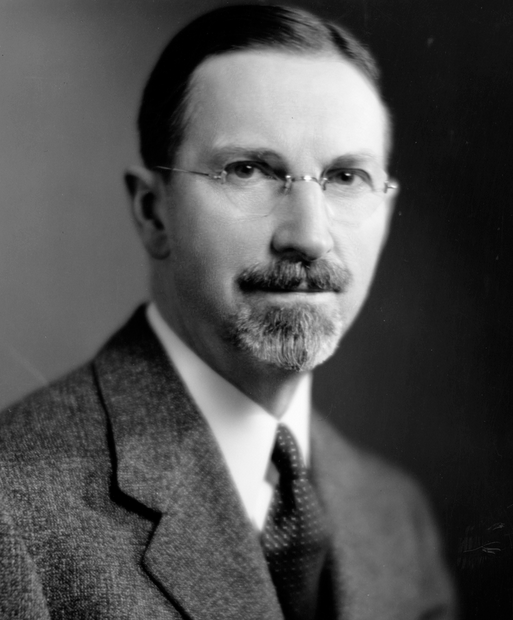
Article: Dismantling the Dispositif: Social Science Experiments in the Classroom by Nico de Klerk
The following is a case study of a series of pioneering tests with visual teaching aids in elementary and secondary schools in the United States, conducted between 1920 and 1923. As it happened, these tests coincided with similar experiments in the Netherlands. Although unbeknown to each other, the innovative aspect of both studies consisted in…
Read more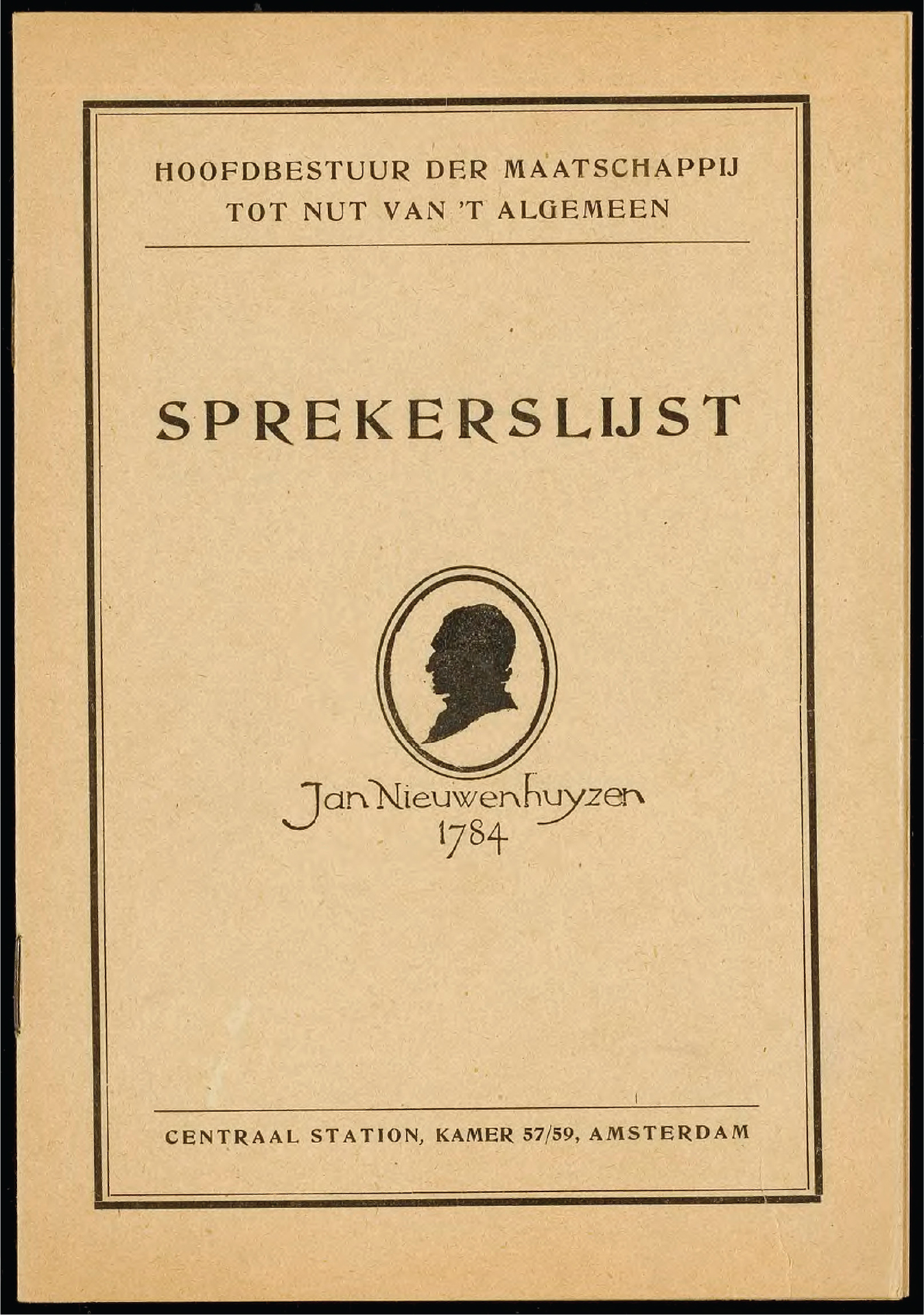
Article: The Nutslezing and the lantern: Public lectures with image projection organized by the Maatschappij tot Nut van ‘t Algemeen in the first decades of the 20th century by Dulce da Rocha Gonçalves
Public lectures were a typical social event to nineteenth and twentieth century audiences in the Netherlands. Among these, the so-called Nutslezingen were particularly well-known, eliciting praise, criticism, and mockery. The wide use of term Nutslezing is confirmed by its inclusion in the Van Dale dictionary with defines it as “lecture for a department of ‘t…
Read more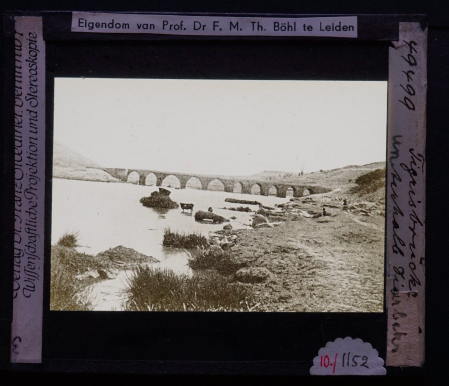
Lantern Lecture Reconstruction: Lezing met lichtbeelden ‘De oude Babylonisch-Assyrische beschaving’ door F. M. Th. Böhl, Groningen, 10 december 1920 & Leiden, >1927
Lezing met lichtbeelden ‘De oude Babylonisch-Assyrische beschaving’ door F. M. Th. Böhl, Groningen, 10 december 1920 & Leiden, ˃1927 Tijdens ons onderzoek in het archief van het Instituut voor het Nabije Oosten (NINO), in Leiden, stuitten wij op een manuscript van een lezing uit 1920 (herhaald in 1927 of later). Het behoort tot de nalatenschap…
Read more
